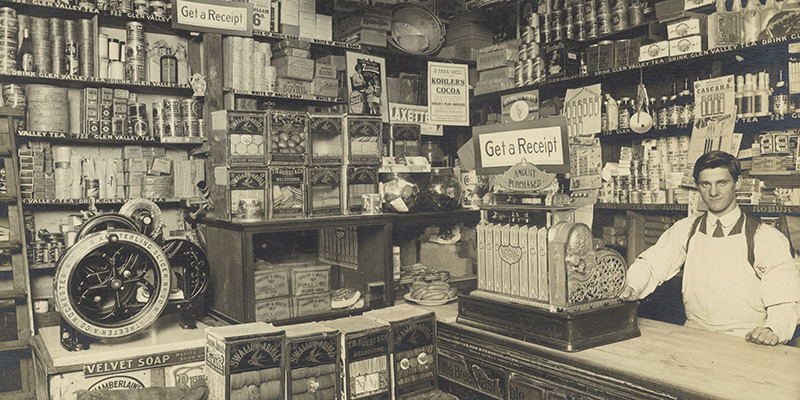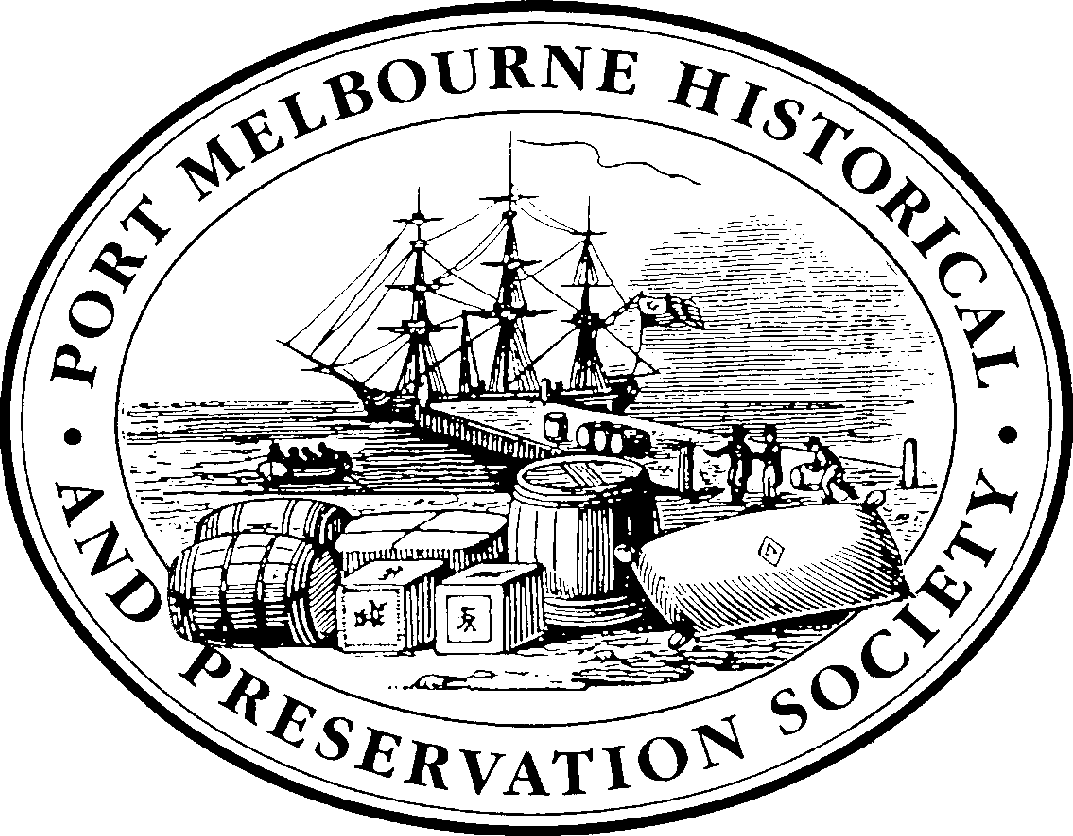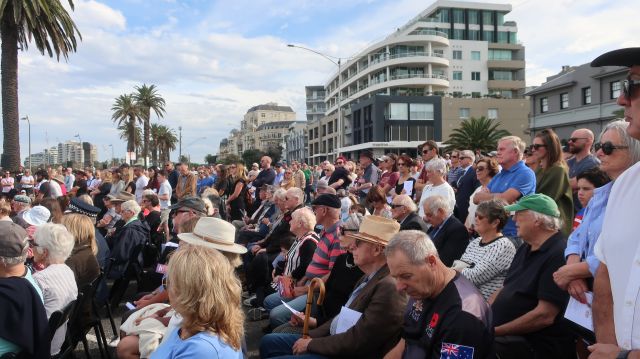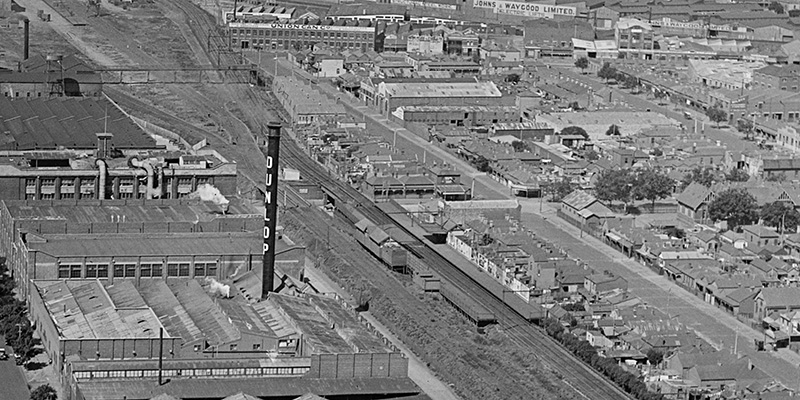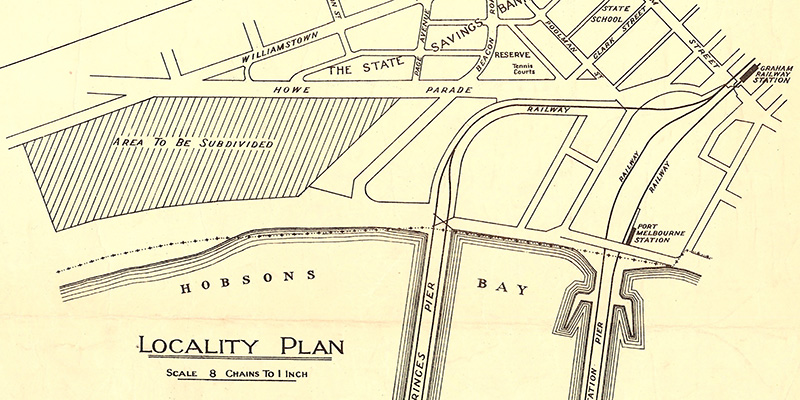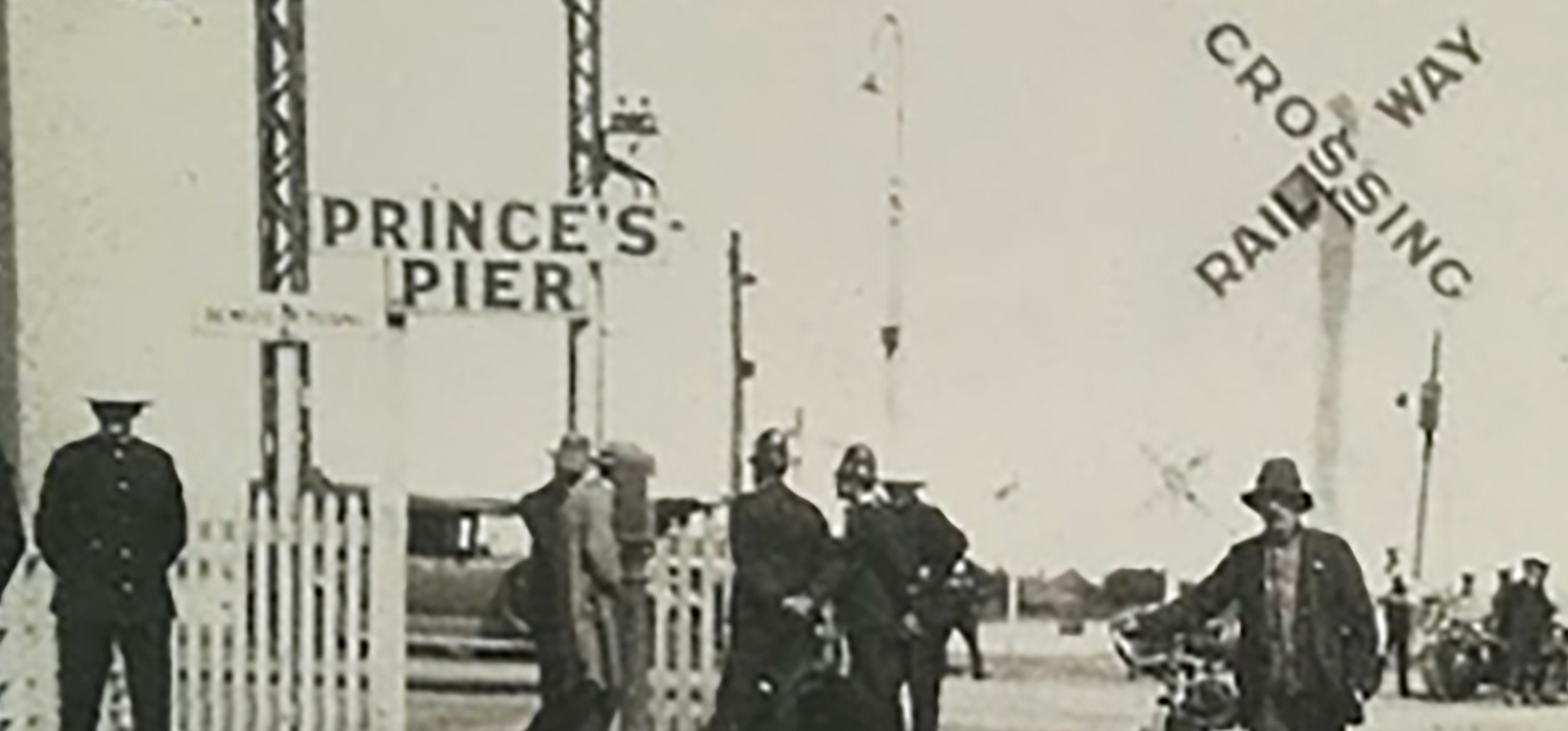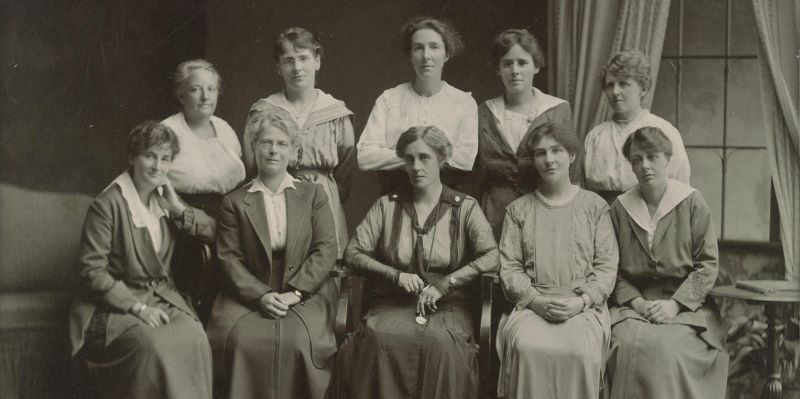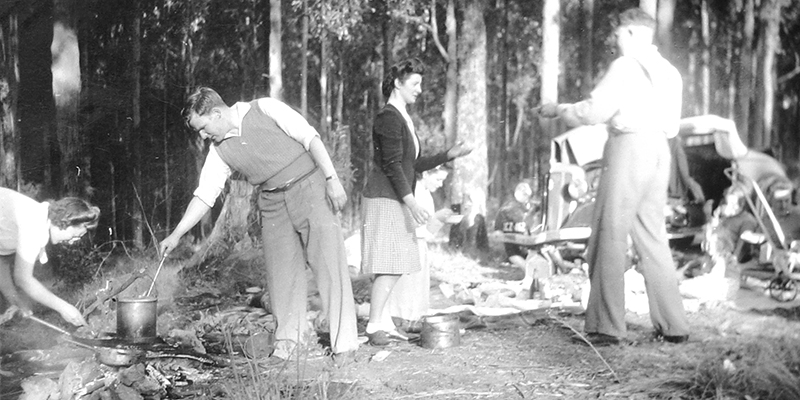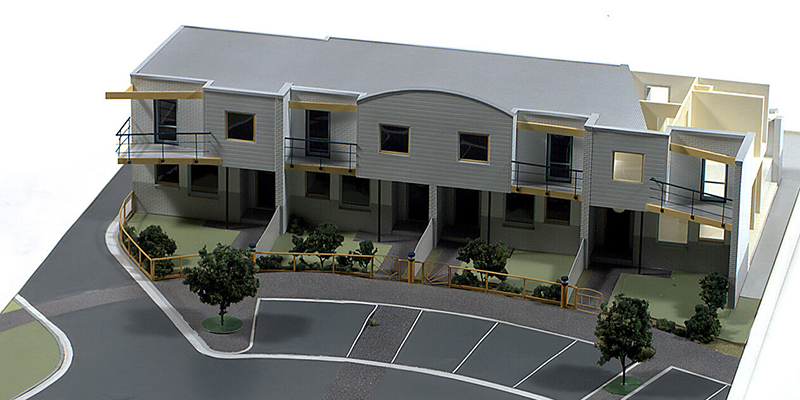by David Thompson
Interior, Benjamin Bolton, Family Grocer, Port Melbourne. c1913-c1916. Photographer Algernon Darge. State Library of Victoria.
If you have visited Coles supermarket, in Bay Street, via the travellator leading from the rooftop car park, you will be familiar with this photograph. Taken by Algernon Darge around 1913-16, it shows the interior of Benjamin Bolton's Grocery store. It is held…
